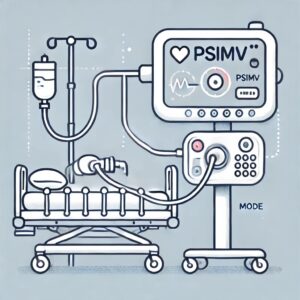Introduction:
Pain management plays a pivotal role in providing comprehensive and compassionate care to patients, particularly in the prehospital setting where timely interventions can significantly impact patient outcomes. One commonly used analgesic in prehospital care is morphine, a powerful opioid that can offer relief to individuals experiencing acute pain. However, a closer examination of morphine administration reveals a gap between recommended dosages and actual practice, which warrants attention and consideration.
The Recommended Dosage:
The current standard for morphine administration in the prehospital setting suggests a dosage of 0.1 – 0.2 milligrams per kilogram of the patient’s body weight. This range is meticulously designed to provide effective pain relief while minimizing the risk of adverse effects and complications. The intention is to ensure individualized care that accounts for varying patient needs and tolerances.
Discrepancy in Practice:
While the recommended dosage range seems clear and well-founded, it is intriguing to note that actual morphine administration often diverges from these guidelines. Many prehospital providers tend to administer morphine in fixed doses of 2 – 4 milligrams, regardless of a patient’s weight or pain severity. This practice, although convenient, may inadvertently lead to suboptimal pain management or potential overdose, particularly in cases of smaller or larger individuals.
Impact on Patient Care and Length of Stay:
Efficient pain management in the prehospital setting transcends beyond just alleviating discomfort. By adhering to the recommended morphine dosage range, healthcare providers can achieve more precise and tailored pain relief. This can lead to a number of positive outcomes, including reduced distress for patients, improved patient satisfaction, and even shorter lengths of stay in healthcare facilities.
When pain is effectively managed early in the prehospital phase, patients may experience quicker stabilization and reduced anxiety. This, in turn, can lead to a smoother transition to the hospital setting and potentially decrease the need for aggressive pain management measures in the emergency department. Ultimately, this approach can contribute to streamlined patient care, optimized resource allocation, and improved overall healthcare system efficiency.
Closing Thoughts:
The use of morphine for pain management in the prehospital setting is essential in providing comfort and relief to patients during their time of need. While the temptation to rely on fixed doses may seem expedient, it is crucial for healthcare providers to prioritize adherence to recommended dosage guidelines. By doing so, we ensure our patients’ safety and well-being and contribute to a more efficient and effective continuum of care. Let us strive to bridge the gap between practice and recommendation, enabling us to deliver the highest quality prehospital pain management and improve patient outcomes




